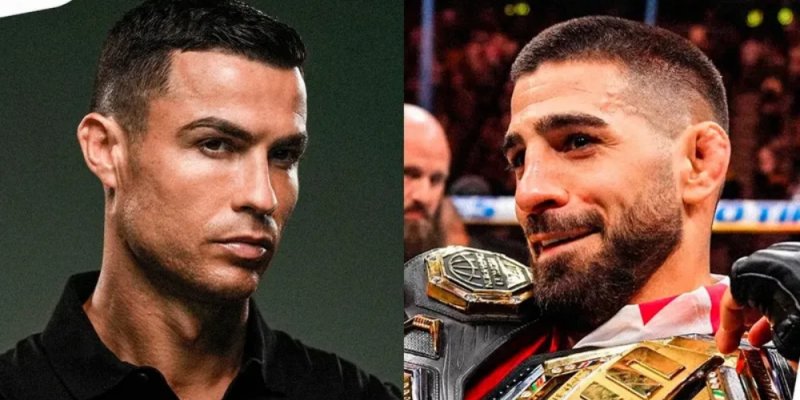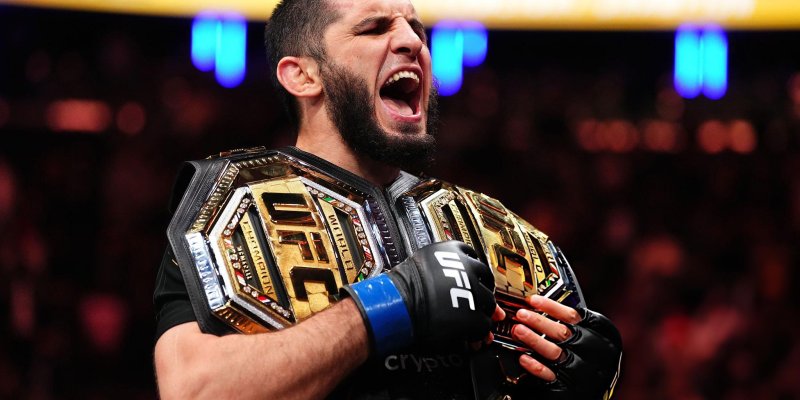
An idea that only recently sounded like fantasy is turning into a concrete project: next summer, UFC intends to stage an event right at the White House. The event will be tied to the celebration of the United States’ 250th anniversary, with the iconic South Lawn as the venue. According to the plan, the official weigh-ins will take place against the backdrop of the Abraham Lincoln Memorial — a picture on the scale of a “Washington postcard.” Ivanka Trump is the project coordinator. Dana White promises a show “like nothing else,” and names Conor McGregor as a potential headliner. Only one name raises skepticism — Jon Jones: the UFC president is not ready to bank on his participation.
How the Idea Emerged and Why Not July 4
Donald Trump was the first to say out loud that a tournament should be held on White House grounds, speaking at a July rally in Iowa. The reason is obvious — a milestone date in the nation’s history. According to Trump, the lawn could host 20–25 thousand spectators, and the Octagon could feature a full-fledged title fight.
Dana White has confirmed it multiple times: this wasn’t said for applause, UFC is genuinely working on the format. At the same time, the organization is deliberately moving away from the “classic” date of July 4, 2026, shifting the event to June: it’s easier to build logistics, ensure security, and avoid disrupting the promotion’s usual calendar.
Where the Octagon Will Stand and What Fans Will See
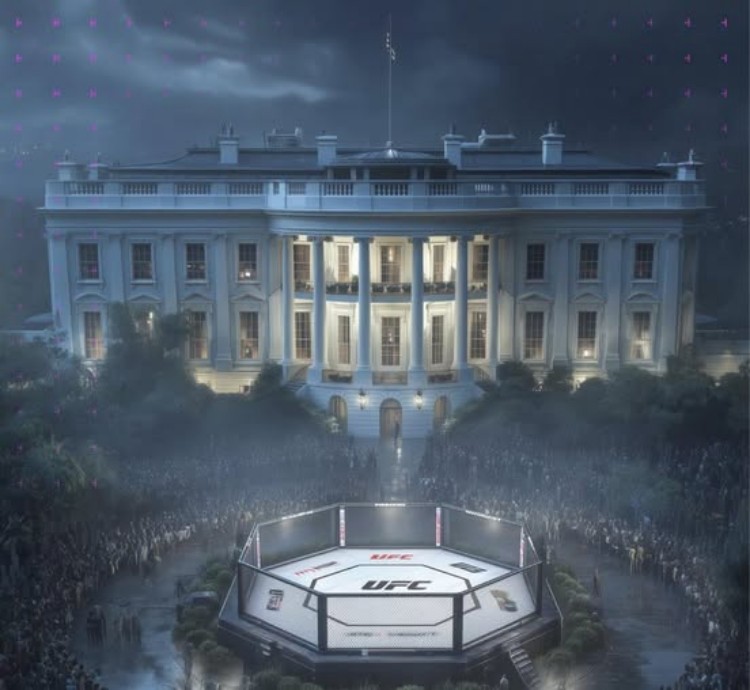
Under the plan, the UFC cage will be set up on the White House’s South Lawn — one of the most recognizable locations in the world. Fighters will be given a warm-up area inside the residence, and the weigh-in ceremony will be moved to the Lincoln Memorial: symbolic, striking, and ideal for television.
The format envisions a full card with prelims, a co-main, and a main event, plus fan-fest infrastructure: an interactive stage, merchandise, and autograph sessions. The key challenge is the security perimeter and the flow logistics: seating, screening, media and VIP access, and integrating White House protocol with Athletic Commission requirements.
Ivanka Trump as Project Lead: A “Sphere” on Steroids

Dana White is direct: Ivanka Trump has been appointed the responsible organizer. The UFC team has already conducted a site recon, mapped routes, and assessed engineering and broadcast tasks. According to White, the final plan will be presented to the president after the finishing touches.
The ambitions are clear as well: “It’ll be like the event at Sphere, but on steroids” — meaning a super-charged stage, meticulously designed lighting and sound, and media content synchronized with the broadcast and AR elements. The focus is on a unique visual language and a historic shot that will enter the chronicles of sport and politics.
Who Could Headline the Card: Betting on Conor
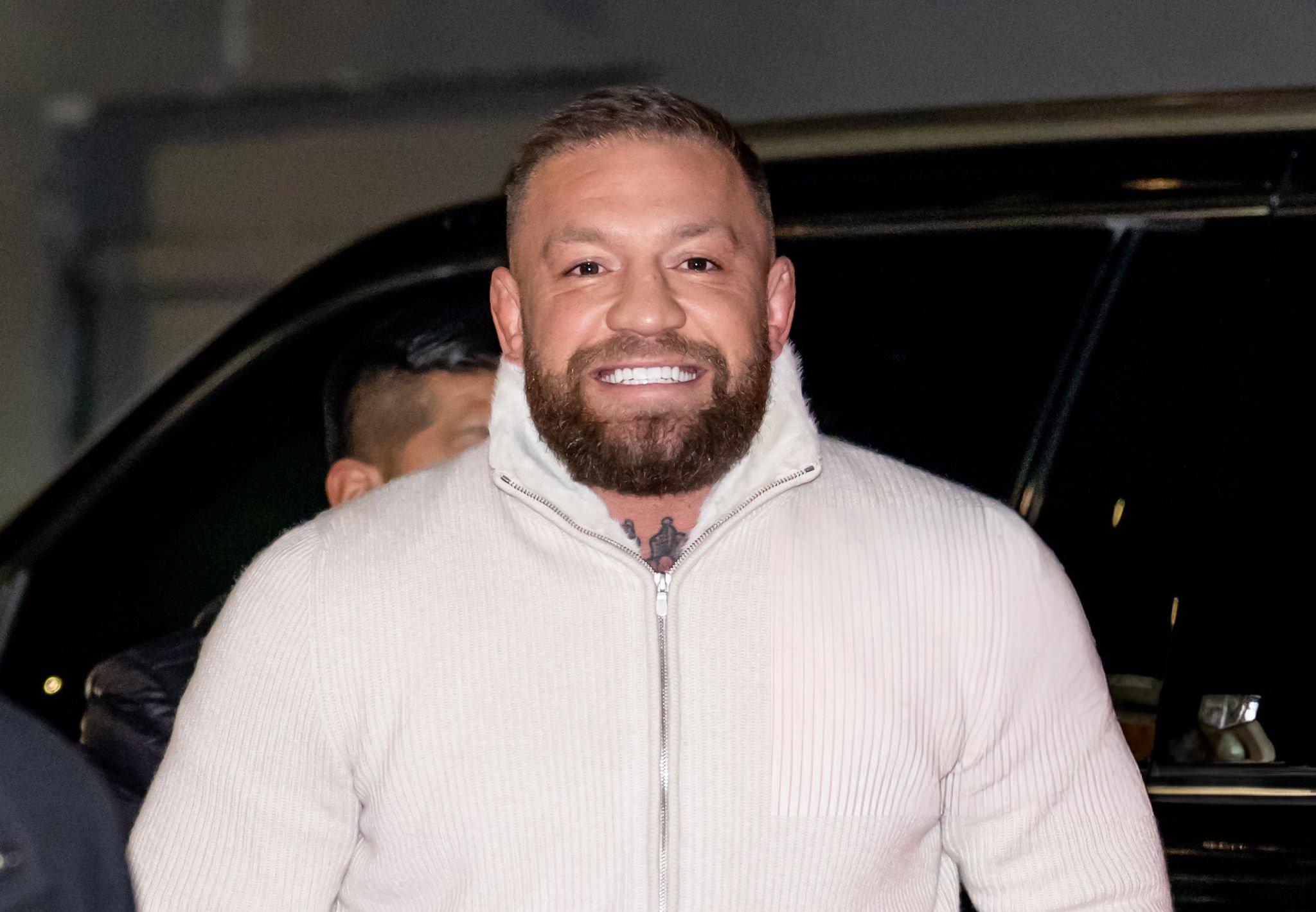
UFC hasn’t announced any matchups yet, but White publicly gave first priority in line to Conor McGregor. The reasoning is typical for the promotion’s president: despite injuries and layoffs, at key moments Conor “hasn’t let us down,” and his name guarantees resonance — from ratings to PPV revenue.
McGregor himself is actively stoking the narrative: he returned to the testing pool, reported submitting samples, posts training clips, and even steps into big politics, loudly declaring his desire to represent “Irish strength and skill” on the White House stage. For UFC, such a main event is a perfect fit for the symbolism of the date and the interests of a broad audience.
Jon Jones and a “One-in-a-Billion” Chance
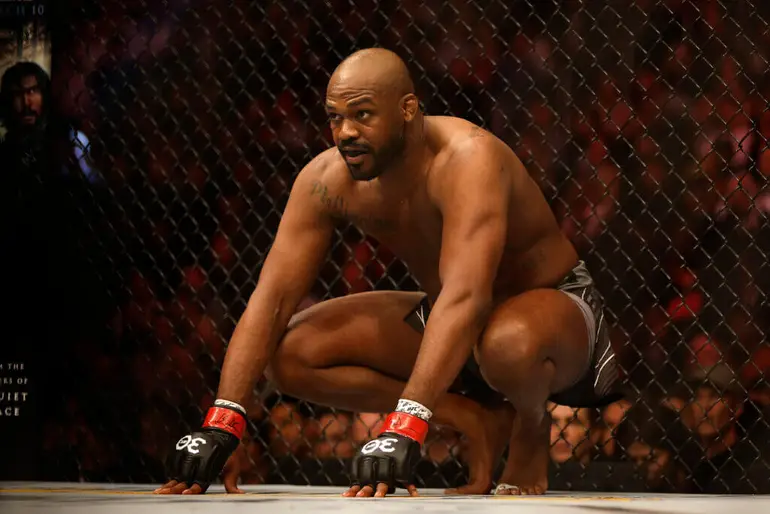
Jon Jones has also made headlines — he’s back in training, has been through testing procedures, and isn’t hiding his desire to compete next summer. But White’s stance is cool here: he says outright that he’s not ready to “take the risk” in the context of such a sensitive event. The history of prolonged injuries, cancellations, and plans that didn’t materialize, plus the fraught backdrop around a possible fight with Tom Aspinall, have made the situation too shaky for UFC leadership.
The promotion president’s final wording is uncompromising: the chance of seeing Jones on the South Lawn is “about one in a billion.” Jones responds in his trademark manner: he keeps preparing and calls even that chance sufficient motivation.
Other Shortlist Names: Covington, Pimblett, and Women’s Bouts
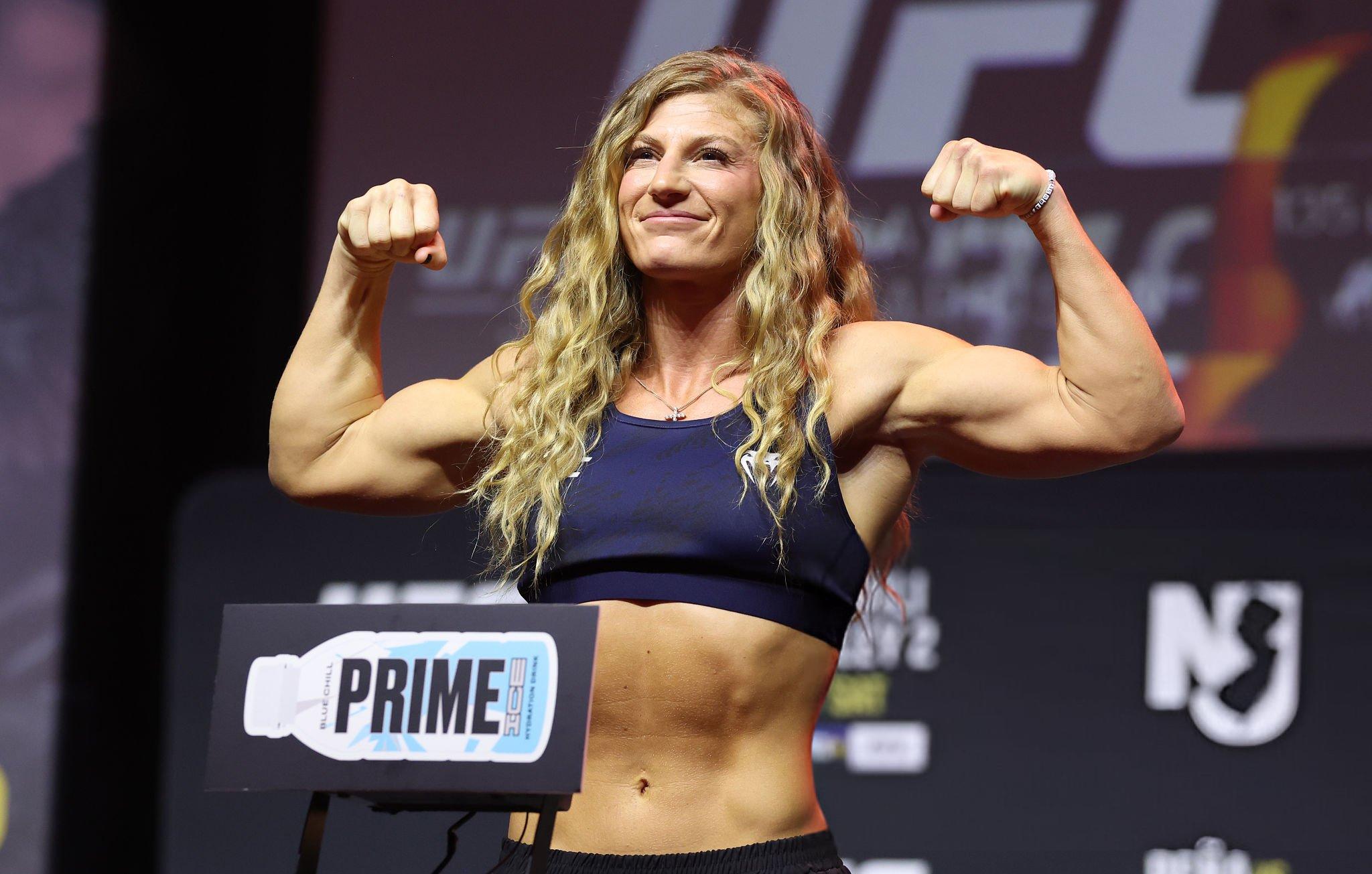
The pairing of Colby Covington — one of Trump’s favorites — and Paddy Pimblett pops up regularly in the media. Colby publicly appealed to White to stage their fight specifically in Washington: the stylistic contrast, fiery promo, and predictable mass-market interest make this poster a convenient option for the mid-card or the co-main.
The women’s division, according to rumor, will also be on the bill: Kayla Harrison, who recently took a title and sits atop the women’s MMA news cycle, is being discussed. Ronda Rousey, however, has decisively shut down talk of a comeback: priorities outside the cage and no “special exception” for the White House.
Broadcast Math and Security as the Core of Production
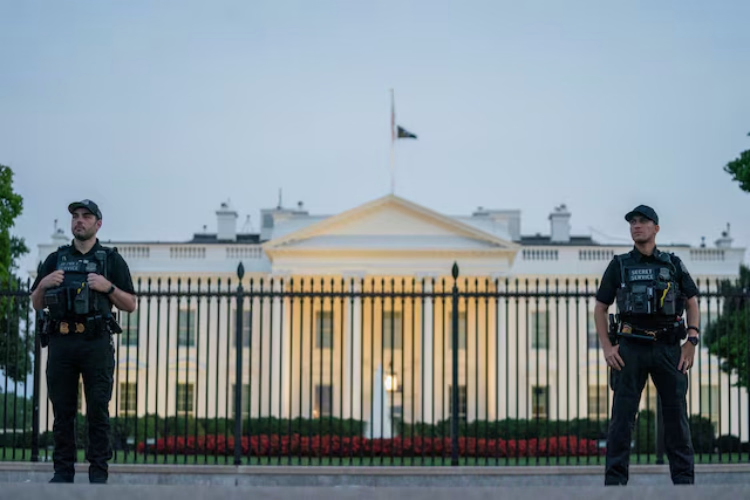
To avoid becoming a prisoner of a beautiful idea, UFC will have to pass the test of direction and security. The first task is to build scenography that’s equally convincing for fans at the cage, those in the distant fan zone, and those watching on screens. The second is to integrate Secret Service requirements and White House protocol with the cadence of a fight night: timing, team movement, corridors for ambulance/fire services, and entry/exit points for spectators and press. The third is monetization without overkill: the right balance of ticketing tiers, sponsorship integrations, and PPV economics so the uniqueness of the location doesn’t eat the event’s commercial efficiency.
Why It Matters for UFC and What Washington Gains
A White House tournament isn’t just a venue with a wow effect. It’s a statement about MMA’s status as part of mainstream American culture. For UFC, it’s a chance to expand beyond the core fan base, bridge a sporting event with a national celebration, and strengthen ties with television and streaming platforms.
For Washington, it’s an opportunity to present the city in a festive light, refresh the visual codes of the jubilee, and bring together diverse audiences — from sports fans to tourists. In the ideal scenario, everyone wins: the country gets a symbolic, modern touch to the 250th, the promotion adds a “benchmark night” to its portfolio, and fans get the rare experience of witnessing history.
What’s Next
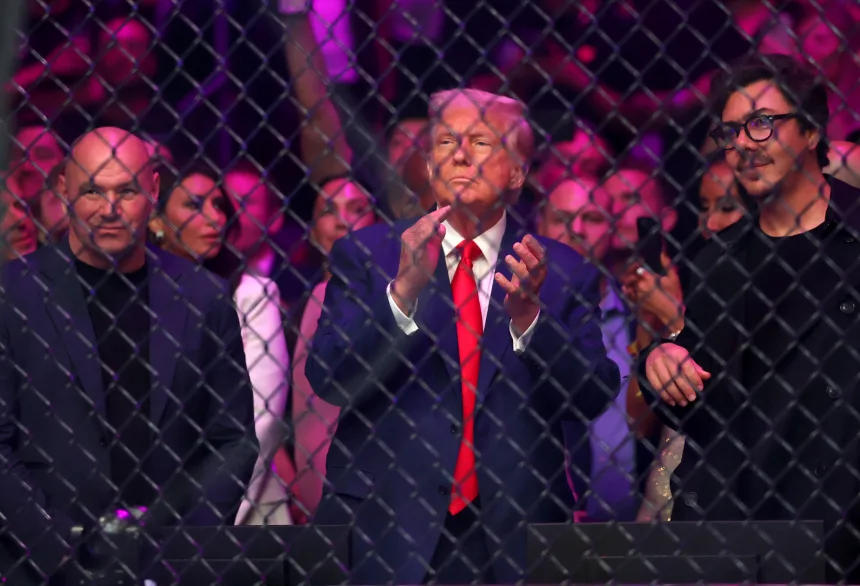
In the near term comes the presentation of the financial plan and production scheme to the president, after which UFC will be able to officially announce the date, the fight card, and ticketing policy. For now, the picture looks like this: the South Lawn for the Octagon, the Lincoln Memorial for weigh-ins, Ivanka Trump as project lead, and Dana White as the creative producer and chief guarantor of a “show like no other.” In line for the main event — Conor McGregor; maximum caution around Jon Jones; Covington and Pimblett as a loud option for the middle of the card; a women’s block aimed at a big name. If all the pieces fall into place, fans will have a rare chance to watch MMA in settings we usually see in history books and on dollar bills — a case where sport can steal the frame from politics.

